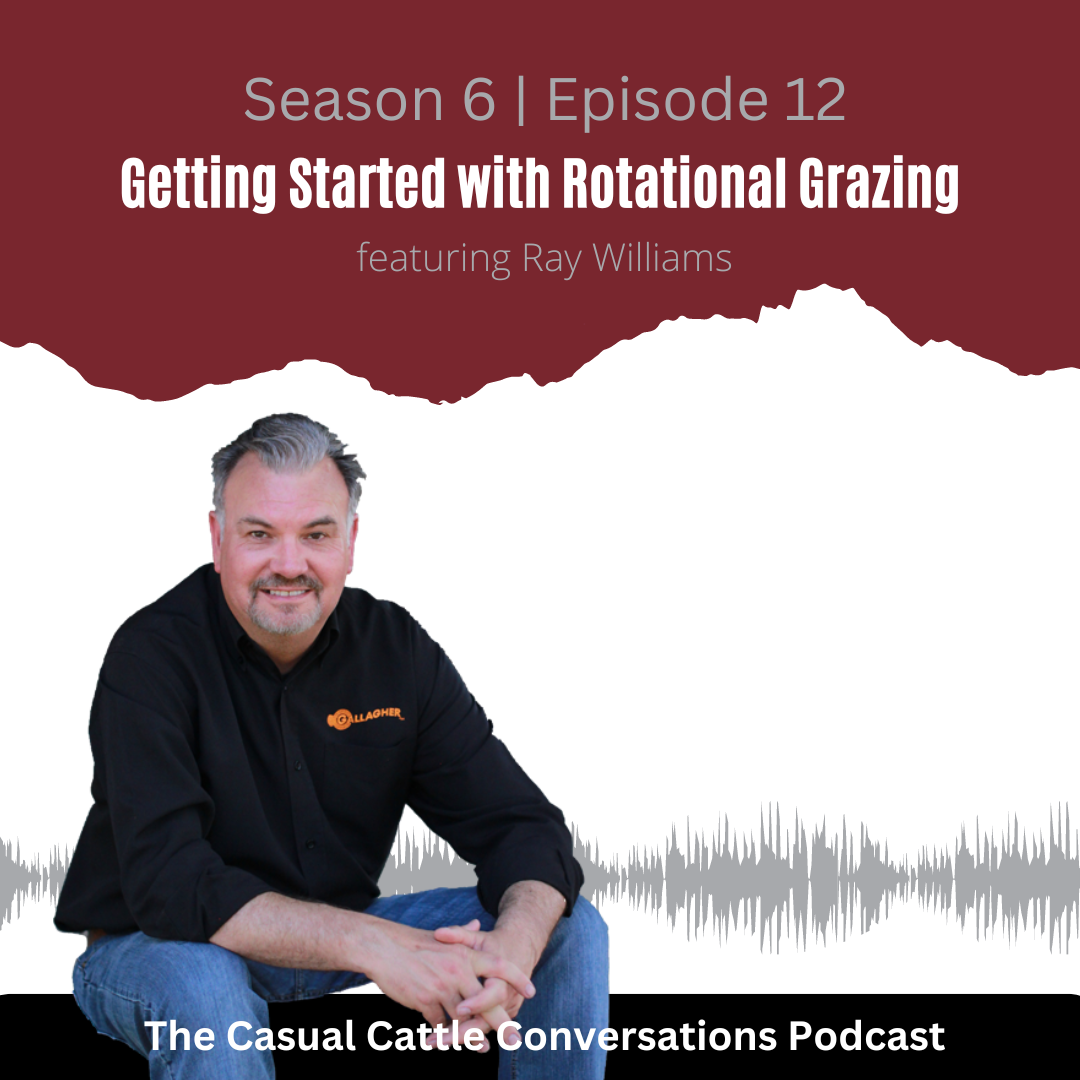Getting Started with Rotational Grazing

Question of the Week: Are you over or under on your grazing?
On March 16, 2023 the monthly RancherMind event focused on summer herd health and grazing management. Dr. Kevin Sedivec shared an interesting response to the question, “What’s the biggest mistake you see cattle producers make with their grazing strategies?”
Kevin shared that he sees many producers undergrazing pastures more than overgrazing them in the past 10 years. He recognizes the drought changed this, but it is still important to understand this and know that undergrazing is not part of a regenerative system.
Your litter or thatch layer should be no more than half to three-quarters of an inch thick. If it is more than this, you are undergrazing.
Getting Started with Rotational Grazing
It’s no secret that rotational grazing is an important practice used by cattle producers to improve the natural resources they have available, but where can you go to get started and what does that first step look like? Ray Williams joins the show from the team at Gallagher North America to provide insight on how cattle producers can stop overthinking and get to grazing.
The Different Pieces of a Rotational Grazing System
The main components of a successful rotational grazing system are fresh water, a solid perimeter fence, materials to cross-fence, a plan for when to move to a new paddock and a method to measure progress. When it comes to fencing material, Williams recommends making sure you have solar-powered energizers and reels to wind and unwind wire to make the workload easier. Typically, producers are using a single-strand hotwire to keep cattle in. Know the size of your cows and calves to set the height of the fence to reduce the number of calves who like to explore other paddocks. As you develop a system to measure the ROI of your grazing plans, be sure to measure animal health, weight and other performance factors along with how forage production changes.
Creating a Plan for Moving Paddocks
Williams offers a few tips for what to think about when creating your grazing plan and as you are carrying it out.
“Look at how many animals are going to graze and what's the history of this pasture? Know what you have planted and be super conscious about going out and checking the way it's been eaten down. We don't want to let cattle graze forage too far down. Obviously, we want to move them at the appropriate time. You don't want to move them too fast or too late, because they will damage the field and damage the plant growth and you won't have the recovery that you would typically have if you if you move them more often.” - Ray Williams
Williams reminds producers that they can create paddock and water designs that are as simple as possible or more complex. To get started, grab some graph paper and a nice aerial picture of your land. Don’t hesitate to reach out to your NRCS office for aerial pictures of your land if you do not have a drone. They also have resources to help you determine initial stocking rates for your paddocks too.
“I've seen them done in all kinds of ways. I've had them use the circle irrigation systems subdivided into a pie shape, and the water is in the center. All the cattle have access to it, but they are closed off from other sections of the of the growth area. I mean, there's just all kinds of creative ways you can do this, and you just kind of have to use trial and error a little bit.” – Ray Williams
At the end of the day, keeping your grazing system top of mind is going to improve animal health, soil health and the overall profitability of your operation. Have fun with it as you make it unique to your own operation!








